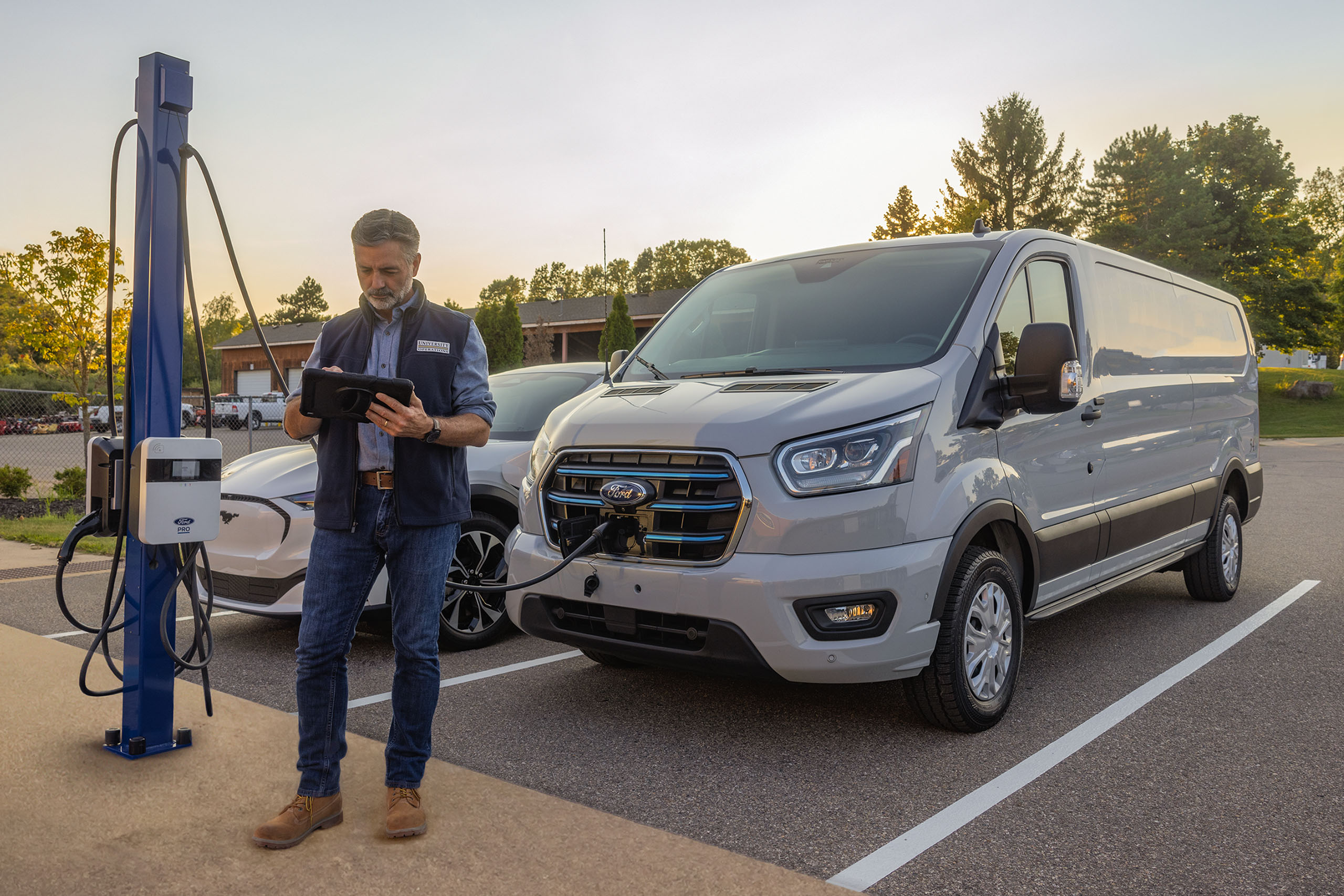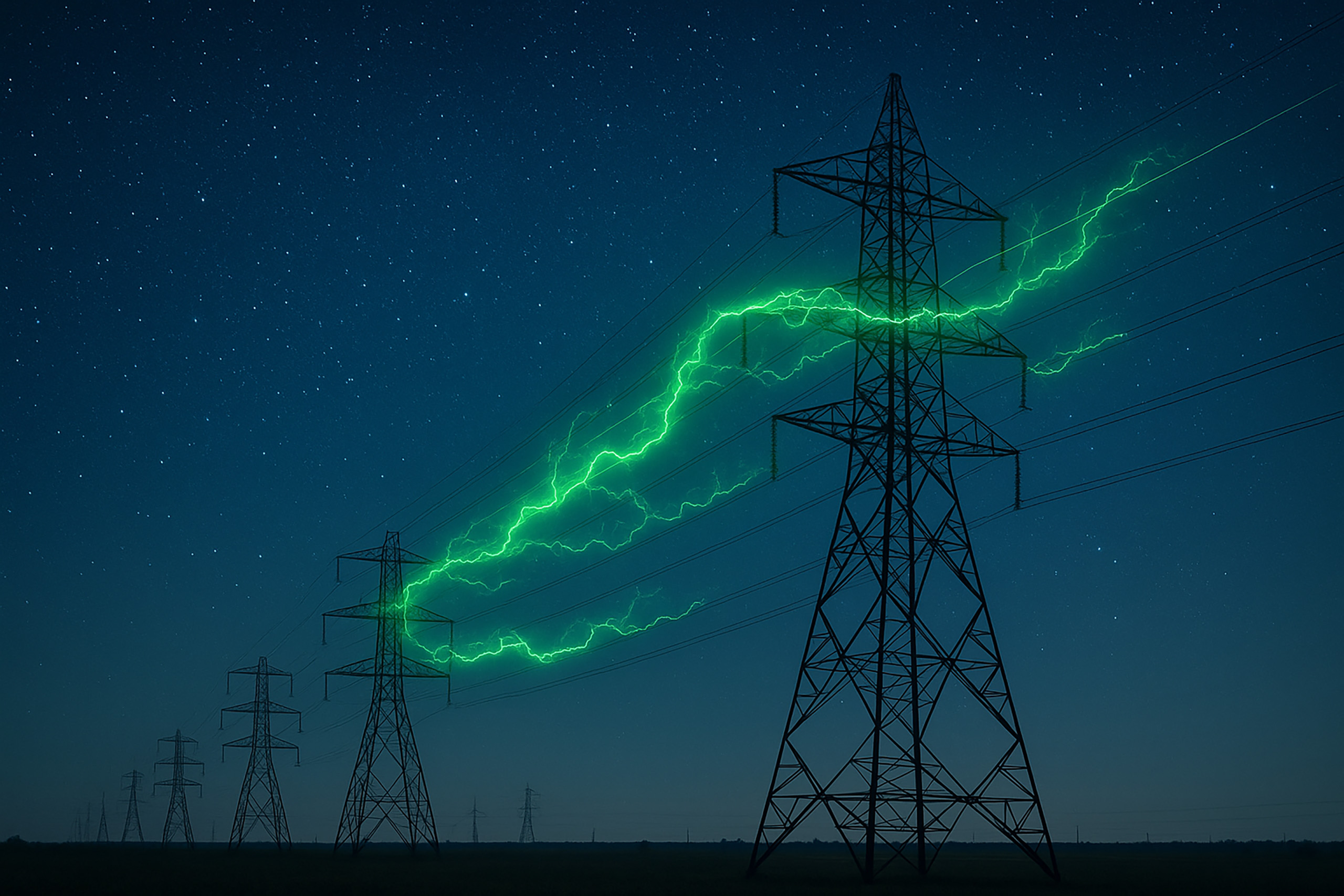
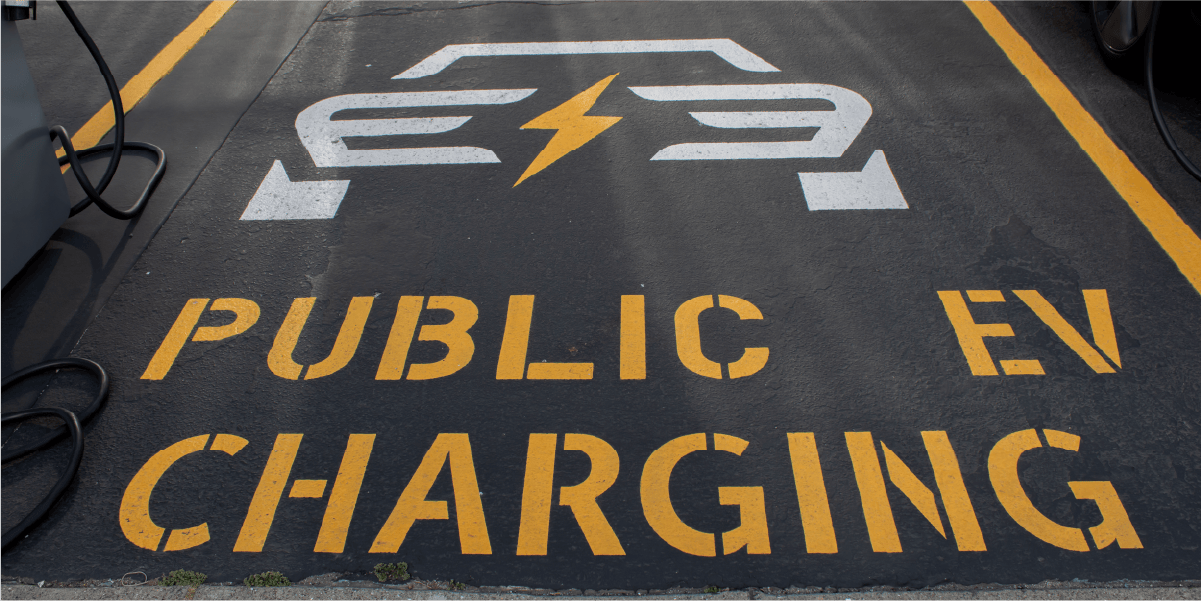
Many businesses wish to capitalize on the growing trend toward electric vehicles (EVs), but they aren’t sure where to start. It’s always best to look holistically at your strategy. What are your goals in incorporating EV charging into your enterprise? What are the particular use cases you wish to address?
For many businesses, such as hotels and other hospitality brands, level 2 chargers are the appropriate choice. Level 2 chargers operate using 240-volt electricity, like a clothes dryer or electric water heater. A level 2 charger delivers up to 40 miles per hour of charge, and most can fully charge an EV overnight.
Once you have determined that level 2 EV chargers are right for your business, your next question may be how to buy and install a level 2 EV charger.
Contact Future Energy today for help with how to buy and install a level 2 EV charger.
Determine Appropriate Power for Your Use Case
With so many questions surrounding EV charging, it’s helpful to have an EV charging consultant who can provide subject matter expertise. A consultant can help you to consider the entire EV charging environment as well as specifics regarding EV charging hardware.
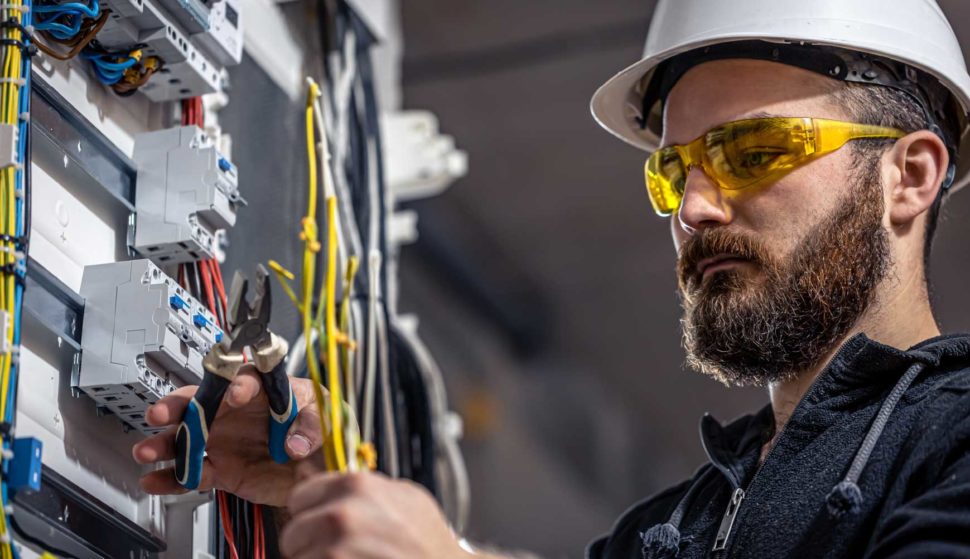
Kilowatt Output
One important consideration before you purchase is how much power the EV charger generates. Generally, a level 2 commercial charger outputs 9 kW to 19.2 kW of electricity. Any output above 20 kW moves the charger into the category of level 3, which runs off 480-volt, phase three power typically found in an industrial yard.
The higher the kilowatt output, the faster the charger can deliver power to the electric vehicle. The cost of a level 2 charger will vary in large part due to its capabilities in delivering power.
Infrastructure Installation
Unlike level 3 chargers, level 2 chargers usually can run off your current infrastructure. Nonetheless, Future Energy highly recommends an infrastructure upgrade.
First, the wait time for a utility upgrade can reach nearly two years in some areas. If you decide in the future to install a level 3 charger or to add more level 2 chargers, you may not have the required infrastructure.
Additionally, doing a utility upgrade now eliminates the need to undergo an additional construction project down the road. The installation of a separate circuit for your EV charging needs also minimizes potential issues with other electrical systems installed on your properties.
Scale Across Your Enterprise
As an early step in determining how to buy and install EV chargers, Future Energy provides our clients with an EV Impact Study. The EV Impact Study gives a comprehensive overview of tasks designed specifically to help you achieve your business objectives. Additionally, it analyzes the value that your company can extract from EV charger installation. The EV Impact Study considers your enterprise as a whole as well as individual properties or subsidiaries.

Choose the Right Accessories
It’s also important to select the proper supporting equipment for your level 2 EV chargers. These accessories are necessary for the proper functioning of your EV chargers and also provide convenience and safety for drivers.
The accessories you choose depend on where and how you plan to use EV charging equipment.
Mounting Kit
Just like any other appliance that plugs into the wall, a level 2 EV charger can be mounted on a wall. Assuming the wiring is available, a wall-mounted charger is the quickest to install. However, wall-mounted chargers are appropriate only for certain situations. Vehicles can use them from only one direction, and they require free wall space. Wall-mounted EV chargers are useful for a garage environment or certain industrial applications.
EV Charger Stand or Pedestal
A free-standing EV charger requires a pedestal setup to store the charging nozzles and safely serve EV drivers. A pedestal is a narrow stand that can be customized with your branding. The type of pedestal and the number of ports it provides determines the cost. For example, some pedestals offer dual ports, meaning they can provide charging for two electric vehicles simultaneously.
Pedestals also help with regulatory compliance. The National Electrical Code requires that outdoor EV chargers be installed at least 24 inches above the ground.
Cable Management
Installation of a level 2 EV charger involves a plan for cable management. Long cables—typically at least 18 feet—connect the charging equipment to the power source as well as to the electric vehicle. These cable management systems keep your cables organized through retractable arms, overhead spools, wall cable clips, and other solutions.
Warranty
Like any investment, your EV charging stations will have options when it comes to equipment warranty. Most EV charging equipment manufacturers offer a one- or three-year warranty for level 2 EV chargers.
Future Energy’s team always reviews the equipment order to ensure that it’s complete and accurate, including warranty information and accessories.
Establish Robust Networkability
An important consideration when implementing EV charging is the networking capability of your chargers. To qualify for financial incentives to offset the cost of installation, your EV chargers must be able to communicate with the local utility over the internet.
There are other important advantages to connectivity. When your chargers connect to the internet, EV drivers can find them, bringing business to your door.
Types of Connectivity
- Dedicated network: EV chargers that connect to the manufacturer’s proprietary network upon purchase.
- Networked: Network-capable chargers that are hooked into a network, such as Future Energy’s Interface, a cloud software platform to measure and manage smart systems.
- Network capable: EV chargers that contain the appropriate technology but need to manually connect to point-of-sale and location-finding networks.
- Standalone or non-networked: EV chargers that are not capable of integrating into a network. These chargers are not appropriate for commercial use.
Software to Connect Smart Systems
Future Energy provides a cloud software platform called Interface, which connects smart systems across your entire organization. Using Interface, you can optimize your energy use, control EV charging, manage vehicles, and command lighting or other smart devices through a simple-to-use dashboard.
Networked chargers also can integrate with your point-of-sale or other business systems. Along with point-of-sale hardware, customers can pay in a contactless way, even using a mobile phone.
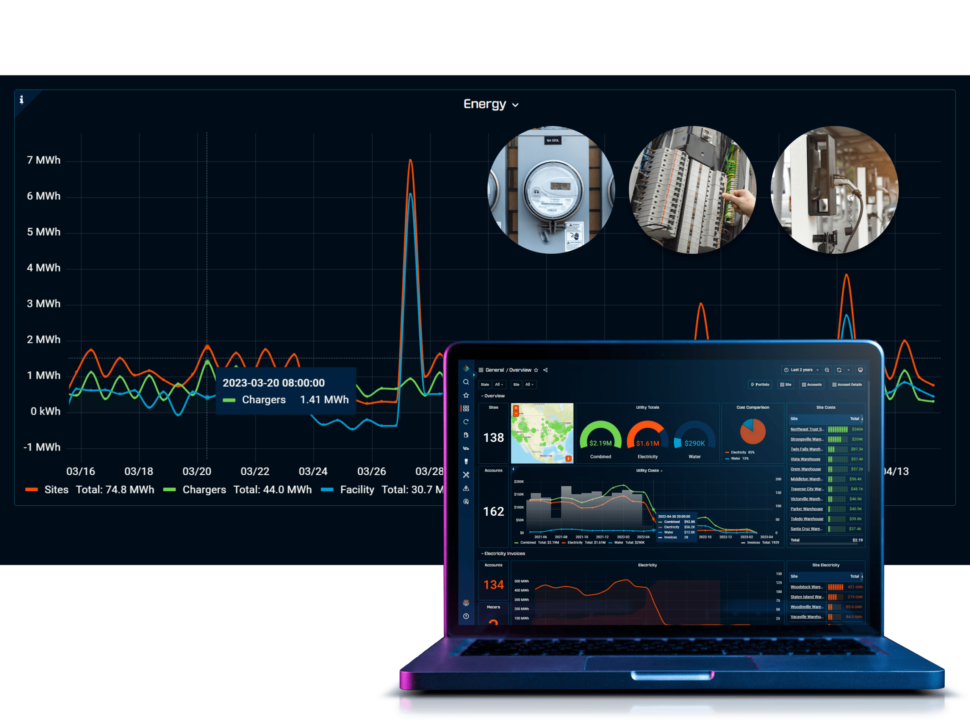
Data to Drive Business Value
Interface also gives businesses of all sizes easy access to energy data that helps drive better decision-making. For example, you can use Interface to ensure that you don’t exceed peak demand with your energy use and incur unexpected costs.
You can also use data from Interface to streamline the operation of your smart systems, gain visibility into sustainability targets, and better meet your customers’ needs.
Pick the Right Partner to Help
The decision to incorporate EV charging into your business operations starts with a careful analysis of your business goals. Future Energy has worked with many different types of businesses. We demonstrate how EV charging can help to grow your brand and attract growing numbers of EV drivers to your door.
Interested in more information about the types of chargers and how they can integrate into your business model? Contact Future Energy today for help with how to buy and install a level 2 EV charger.

